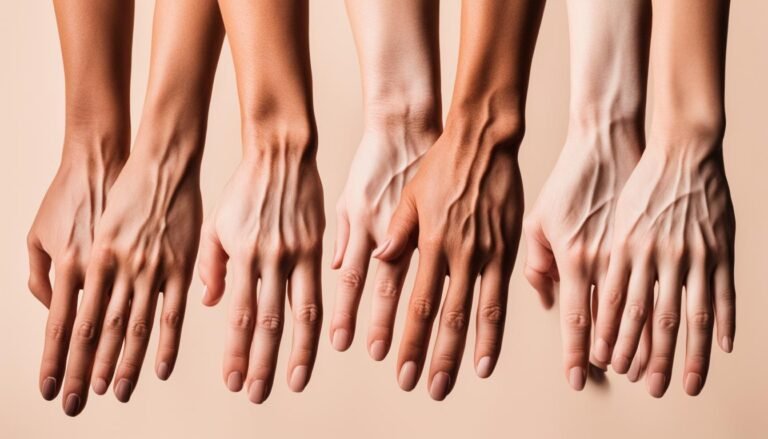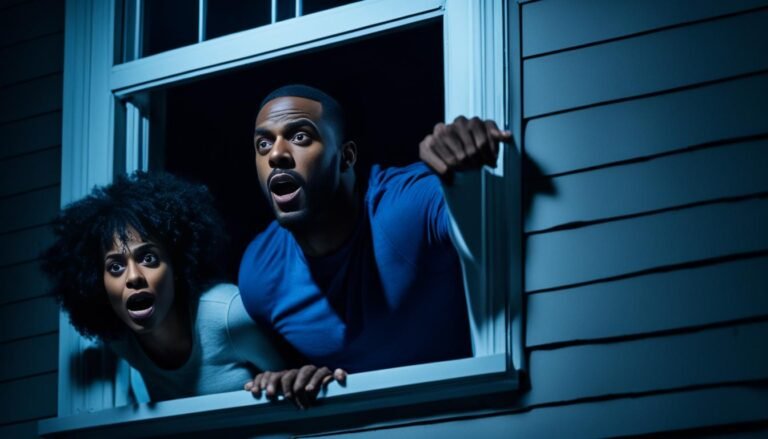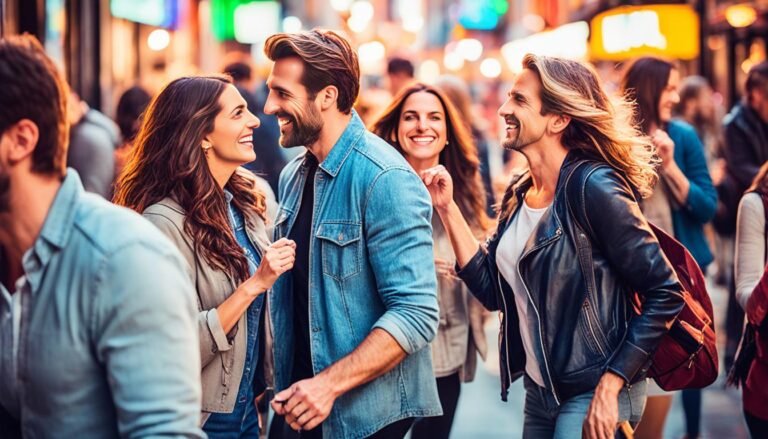What color do girls like best on guys?
When it comes to attracting the opposite sex, we often wonder what exactly catches their eye. Could the color of our clothes play a significant role in our attractiveness? If so, what color do girls like best on guys? Let’s explore the science behind color preference and how it can impact our relationships and fashion choices.
Key Takeaways:
- Studies suggest that wearing colors such as red and black can enhance a man’s attractiveness.
- Societal messages and gender stereotypes heavily influence color preferences, including the preference for pink among girls.
- The color red has a subconscious impact on attraction, making it more appealing to both men and women.
- Personal choice and finding colors that make us feel confident and comfortable are key in fashion and attraction.
The influence of societal factors on color preference
Although the study mentioned above focused on color preferences in general, societal factors also play a significant role in color preferences, especially when it comes to the color pink. Research has shown that girls in the U.S. and Great Britain tend to choose pink more often than boys. However, this preference for pink is largely influenced by societal messages and gender stereotypes.
From a young age, girls are surrounded by pink clothing and toys and are often told that pink is a color for girls. This early exposure and reinforcement of gender norms contribute to the preference for pink among girls. It’s important to recognize and challenge these societal influences to allow for more freedom of choice in color preferences.
In a society where gender stereotypes are ingrained, marketing strategies targeting specific gender preferences further perpetuate these societal norms. Advertising campaigns often portray girls with pink products and boys with blue products, further solidifying these gender-based color preferences. This not only restricts individual expression but also reinforces harmful stereotypes.
“Societal influences play a significant role in shaping color preferences, especially when it comes to the color pink. From a young age, girls are bombarded with messages that pink is a color for them, leading to their preference for pink. It’s important to challenge these societal norms to empower individuals to make color choices that truly reflect their personal taste.”
In order to break free from these limiting stereotypes, it is vital to provide children with a wider range of color options and encourage them to make color choices based on personal preference rather than societal expectations. By promoting diversity in color choices, we allow individuals to express themselves authentically and explore their own unique style.
Table: The Influence of Societal Factors on Color Preference
| Societal Factors | Impact on Color Preference |
|---|---|
| Gender stereotypes | Reinforce preferences for certain colors based on societal expectations |
| Marketing strategies | Further perpetuate gender-based color preferences through targeted advertising |
| Early exposure | Girls are surrounded by pink products, leading to a preference for pink |
The Impact of Marketing Strategies
Marketing strategies heavily influence color preferences by aligning certain colors with specific gender stereotypes. By targeting advertising towards girls with pink products and boys with blue products, societal expectations are reinforced, limiting individual choices and contributing to gender biases.
It’s important for marketers to challenge these gender norms and create inclusive campaigns that embrace a wide range of colors for everyone. By doing so, they not only promote diversity and equality but also provide individuals with the freedom to make color choices based on personal preference rather than societal pressures.
The psychology of color attraction
Colors have a subconscious impact on our decisions and emotions, including in the realm of attraction. Psychological studies have explored the relationship between color and attraction and found that certain colors can be more appealing to both men and women.
In multiple studies, including one mentioned in Slate, it was discovered that the color red has a particularly strong impact on attraction. When a woman wears red, it tends to appeal more to men, and the same effect is seen when men wear red in attracting women.
This suggests that incorporating the color red into one’s fashion choices or online dating profile pictures may increase the chances of attracting romantic interest.

Understanding the psychology of color attraction can help individuals make informed choices when it comes to fashion and personal branding. Whether it’s choosing a red dress for a special occasion or adding red accents to an outfit, the power of color can have a subconscious impact on how others perceive and respond to us.
It’s important to keep in mind that color preferences can vary between individuals and cultures, so it’s always a good idea to consider personal style and cultural context when incorporating colors into our wardrobe.
Conclusion
Color preferences, including what colors girls like best on guys, are influenced by a combination of factors. Studies have shown that certain colors, such as red and black, tend to be more attractive on men. However, it’s important to recognize that societal messages and gender stereotypes also play a significant role in color preferences.
Societal influence can lead to the preference for certain colors, such as pink, among girls. From a young age, girls are often exposed to pink clothing and toys, reinforcing the idea that pink is a color for girls. Challenging these societal influences is essential to promote freedom of choice in color preferences.
Ultimately, it is important for individuals to wear colors that make them feel confident and comfortable. Personal choice should always take precedence over societal expectations. Experimenting with different colors and finding what works best for one’s style and personality is key. Fashion is an expression of individuality, and it should be a reflection of personal taste and preferences.
When it comes to color preferences, it is important to strike a balance between societal influences and personal choice. By understanding the influence of societal factors and being true to oneself, individuals can confidently choose colors that align with their own preferences and style, disregarding stereotypes and norms. Remember, the most important fashion tip is to wear colors that make you feel good and reflect your unique personality.






